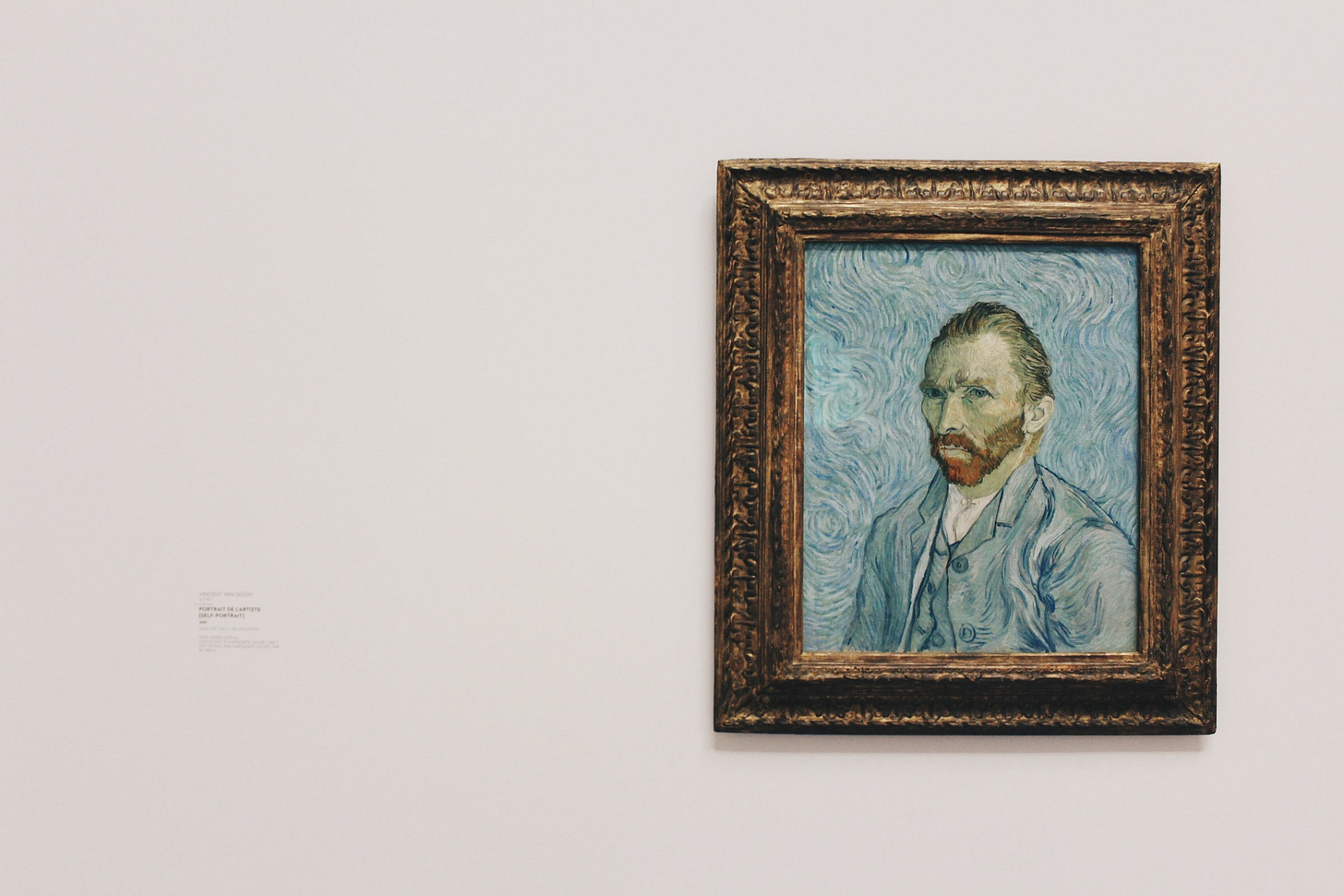Why is Vincent van Gogh so popular and why did he commit suicide?
A quick, bullet-point exploration of why Vincent van Gogh, who could never see success during his lifetime became so popular after his death.
Vincent van Gogh was a Dutch painter who couldn’t see commercial success during his lifetime but became astoundingly popular after his death because of a number of factors.
Factor 1: Too many works, too little success.
Van Gogh did not become an artist until 1880 (age 27) and before he committed suicide in 1890 (age 37), he had created about 2,100 artworks.
And yet, while he was alive, he could sell only one painting, which went for $420 in Belgium seven months before his death (for comparison, his most expensive painting was sold for $148.6 million in 1990.).
His was a life characterised by remarkable failure — 3 women turned down his marriage proposals; one rejection in London made him particularly isolated.
He started working as an art dealer in 1873, hated his work, and was fired in 1876 when he grew angry at his bosses for treating art as a commodity.
He worked as a teacher for a while, then became a bookseller, then took up theology and later became a Christian missionary but was soon dismissed by church authorities.
All this, and the reputation he later gained of being a madman, mythologized Van Gogh in the popular imagination as the typical tortured artist.
Factor 2: Heavy correspondence.
Van Gogh is said to have written around 800 letters in his lifetime, mainly to his brother Theo.
Theo, who died 6 months after Vincent’s suicide, left his wife Jo with Vincent’s correspondence with him and Vincent’s artworks.
Jo successfully sold some of Vincent’s works, loaned others out for exhibitions, and published his letters to Theo — Vincent’s life story captured in these letters (they often mention death) took the whole world by storm.
His suicide (supposedly because of failing health, depression, financial stress, heavy drinking— the exact reasons are unknown) also added immensely to his after-death popularity.
Factor 3: Techniques that contributed to the foundations of modern art.
Modern art is said to be highly influential and includes artistic work produced between the 1860s and the 1970s.
Van Gogh’s work, characterised by bold colours and dramatic, impulsive and expressive brushwork, is said to have contributed tremendously to the foundations of modern art.
Also Read:
Why is Shakespeare considered great?
What is so special about The Mona Lisa?
Image courtesy of Alina Grubnyak through Unsplash
Source :



